Entry Type: Group - Starting with A
Arkansas River Valley Area Council (ARVAC)
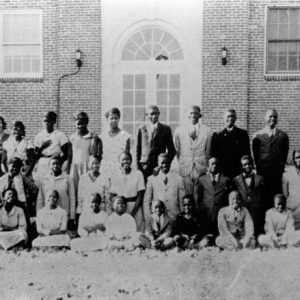 ASD Colored Division
ASD Colored Division
Arkansas Science and Technology Authority (ASTA)
Arkansas Securities Department
Arkansas Sheriffs’ Youth Ranches
Arkansas Small Business and Technology Development Center
Arkansas Society, United States Daughters of 1812
Arkansas Soft Pine Bureau (ASPB)
Arkansas Soybean Promotion Board
Arkansas Sports Hall of Fame
 Arkansas State Archives
Arkansas State Archives
Arkansas State Bank Department
Arkansas State Chamber of Commerce
aka: Associated Industries of Arkansas (AIA)
Arkansas State Guard
Arkansas State Horticultural Society (ASHS)
Arkansas State Medical Association (ASMA)
Arkansas State Police
 Arkansas State Police Patrol Cars
Arkansas State Police Patrol Cars
Arkansas State Sovereignty Commission
aka: State Sovereignty Commission
Arkansas State Teachers Association
Arkansas State Troops (CS)
aka: Army of Arkansas
 ASU Rugby Team
ASU Rugby Team
Arkansas Swimming Hall of Fame
Arkansas Symphony Orchestra
 Arkansas Symphony Orchestra
Arkansas Symphony Orchestra
Arkansas Teachers Association (ATA)
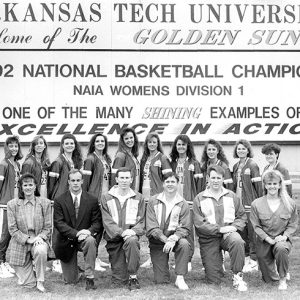 Arkansas Tech's Women's Basketball Team
Arkansas Tech's Women's Basketball Team
 Arkansas Times Staff
Arkansas Times Staff
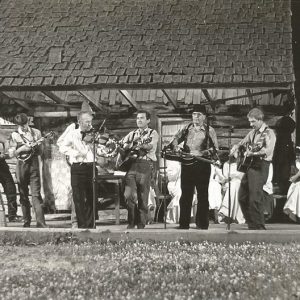 Arkansas Traveler Theater
Arkansas Traveler Theater
 Hazel Walker's Arkansas Travelers
Hazel Walker's Arkansas Travelers
Arkansas Travelers [Baseball Team]
Arkansas Unit, Herb Society of America, Inc. (AU-HSA)
Arkansas Waterways Commission
Arkansas Wildlife Federation
Arkansas Wing, Civil Air Patrol
Arkansas Woman Suffrage Association (AWSA)
aka: Arkansas Equal Suffrage Central Committee (AESCC)
aka: State Woman's Suffragist Association
Arkansas Women’s Hall of Fame
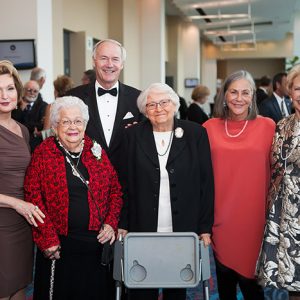 Arkansas Women’s Hall of Fame Inductees, 2015
Arkansas Women’s Hall of Fame Inductees, 2015
Arkansas Workers’ Compensation Commission
Arkansas World Trade Club
aka: Arkansas Exporters Roundtable
Arkansas Writers’ Conference
aka: Arkansas Writers' Hall of Fame
Arkansas’ Independent Colleges and Universities
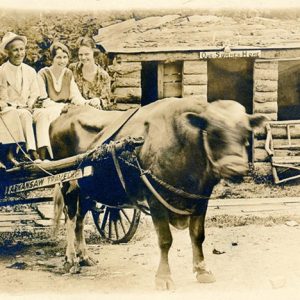 "Arkansaw Traveler"
"Arkansaw Traveler"
ARKids First
 African-American Band
African-American Band
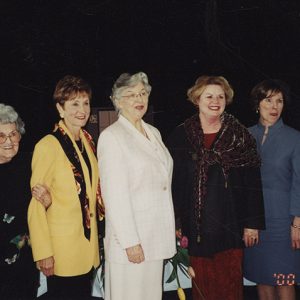 Eliza Ashley with Governors' Wives
Eliza Ashley with Governors' Wives
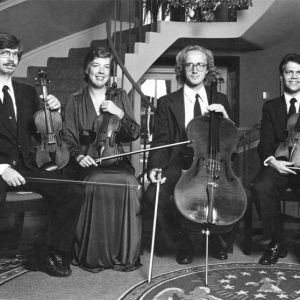 ASO String Quartet
ASO String Quartet




